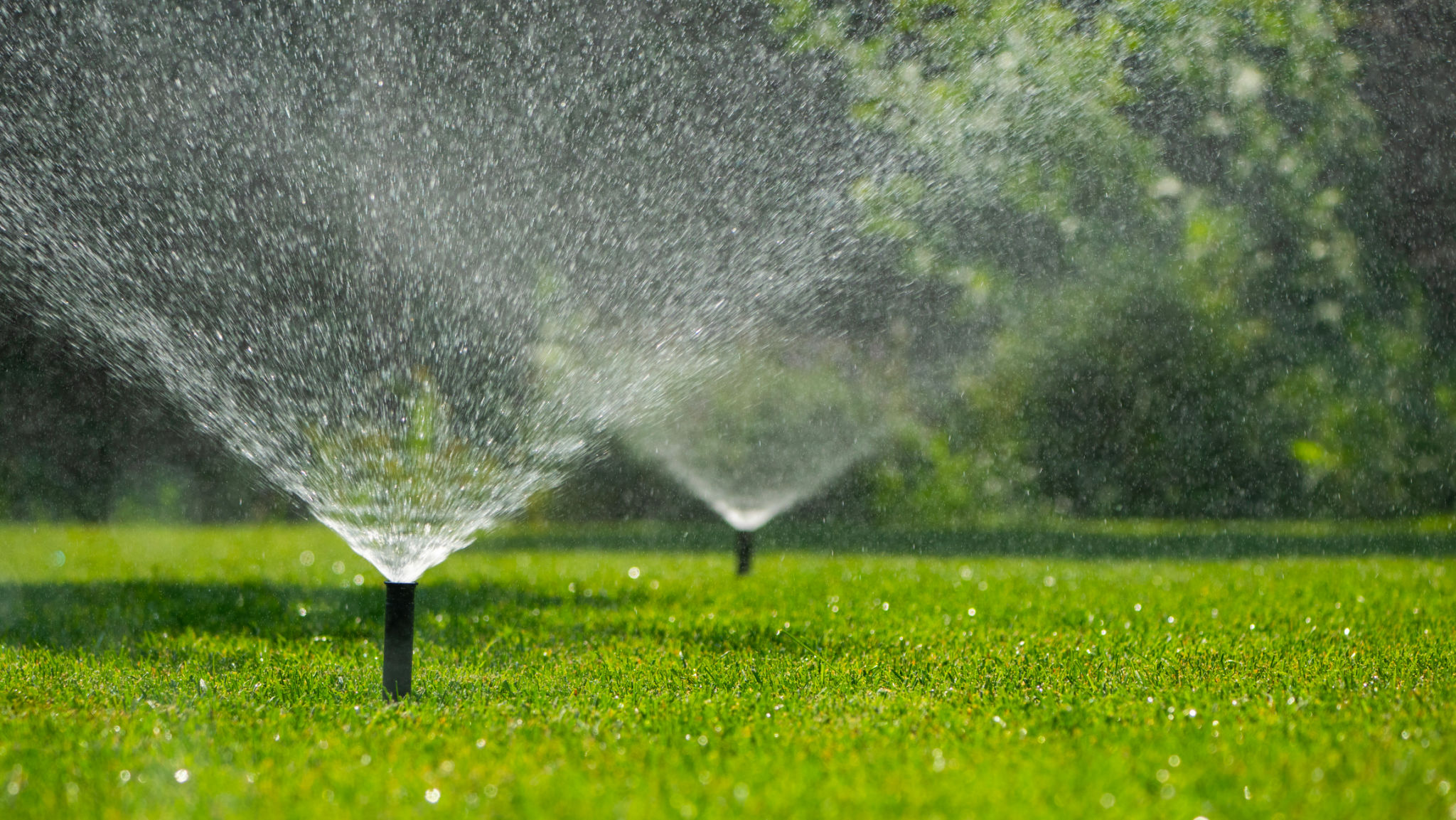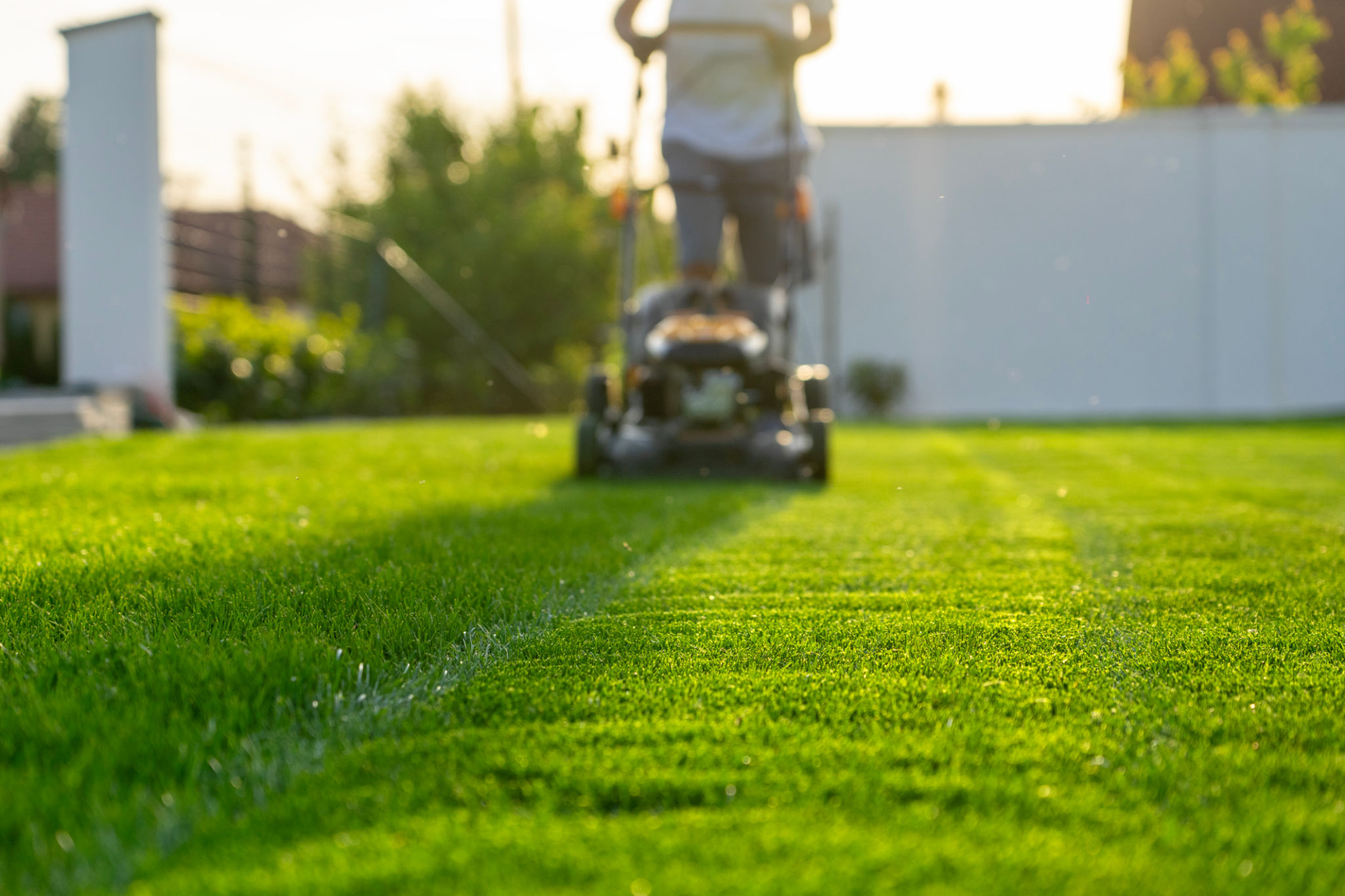DIY Tips for Maintaining Your Residential Landscape in Texas
Understanding Texas Climate for Landscaping
Maintaining a residential landscape in Texas presents unique challenges due to the state's diverse climate. From arid conditions in the west to humid environments in the east, understanding these variations is crucial. By selecting plants and grasses that are well-suited to your specific region, you can ensure a vibrant and sustainable landscape.
Consider drought-tolerant plants like succulents and native grasses for areas prone to dry spells. These plants not only thrive in the Texas heat but also reduce water consumption, making your garden both beautiful and eco-friendly.

Seasonal Care Tips
Texas experiences distinct seasons, each requiring different landscaping strategies. In the spring, focus on planting and mulching to prepare for the warm months ahead. Use organic mulch to help retain moisture and suppress weeds.
During the scorching summer, water conservation becomes vital. Water early in the morning or late in the evening to minimize evaporation. Consider installing a drip irrigation system to deliver water directly to the roots, ensuring maximum efficiency.

Lawn Maintenance Essentials
Maintaining a lush lawn in Texas can be challenging but rewarding. Mow your lawn regularly, keeping grass height between 2.5 to 3 inches, which promotes root growth and helps shade the soil. Sharpen your mower blades frequently to ensure clean cuts that reduce stress on the grass.
Fertilizing is another key component. Use a slow-release fertilizer to provide consistent nutrients throughout the growing season. This approach helps avoid the rapid growth spurts that require more maintenance.

Pest and Weed Management
Pests and weeds can quickly disrupt your landscaping efforts. Identify common pests such as fire ants and grubs early on and address them with natural or chemical treatments as needed. Beneficial insects like ladybugs can help control pest populations naturally.
For weed management, regular weeding is essential. Apply a pre-emergent herbicide in early spring to prevent weed seeds from germinating. Consistently pulling weeds by hand is also effective for maintaining a tidy landscape.
Soil Health and Aeration
Healthy soil is the foundation of any thriving landscape. Test your soil's pH level and nutrient content to determine its needs. Amend the soil with compost or other organic matter to improve its structure and fertility.
Aeration is another important step, especially for compacted soils common in Texas yards. Aerating allows air, water, and nutrients to penetrate deeper into the soil, promoting healthier root systems.

Water Conservation Techniques
With water restrictions often in place across Texas, implementing water conservation techniques is essential. Rain barrels can be an excellent addition to your landscape, collecting rainwater for irrigation purposes.
Additionally, consider xeriscaping—landscaping with drought-resistant plants—to reduce water usage significantly. This method not only conserves water but also creates a stunning, low-maintenance garden.

Planning for Seasonal Changes
Adapting your landscape to seasonal changes will help maintain its beauty year-round. In fall, prepare your garden by cleaning up fallen leaves and adding mulch to protect plant roots from winter temperatures.
Winter is an ideal time for pruning trees and shrubs while they are dormant. Prune carefully to encourage new growth in spring and maintain the shape of your plants.
Sustainable Practices for Long-Term Success
Sustainability should be at the forefront of your landscaping efforts. Incorporate native plants that support local wildlife and require minimal maintenance. Create habitats such as birdhouses or butterfly gardens to enhance biodiversity.
By following these DIY tips for maintaining your residential landscape in Texas, you can create an outdoor space that is not only beautiful but also environmentally conscious and resilient against the unique challenges posed by the local climate.
